RIBA president says Cambridge scheme is “sophisticated, generous, architecture that has been built to last.”
Níall McLaughlin Architects’ The New Library at Magdalene College in Cambridge has been named as the winner of the 2022 Stirling Prize.
RIBA said the “exquisitely detailed” new building for the 700-year-old college honours the rich history of its site and would “stand the test of time”.
Speaking on behalf of this year’s Stirling Prize jury, RIBA president Simon Allford said the library was “sophisticated, generous, architecture that has been built to last.”
It is the first new-build structure on the main Magdalene College site since David Roberts and Geoffrey Clarke’s masters lodge in the 1960s.
The college’s brief required that the building should be designed to last at least 400 years, a challenge which Allford said Níall McLaughlin Architects has risen to with the “utmost skill, care and responsibility”.
“The result – a solid and confident, yet deferential new kid on the college block,” he said.
The library, located within the city centre of Cambridge, is open 24 hours a day, seven days a week and provides students with a range of study spaces from shared zones to private nooks.
It replaces the library’s previous premises in cramped rooms in the adjacent grade I-listed Pepys Building, which dates to the 17th century.
The new building consists of a grid of rectangular spaces supported by brick columns and topped by vaulted lantern skylights. A passive ventilation system carries warm air up the columns, which rise out of the roofline of the building in the form of chimneys in a visual reference to nearby historic buildings.
>> Also read: Stirling Prize 2022: the New Library at Magdalene College Cambridge by Níall McLaughlin Architects
The scheme was a work of “many hands and many minds”, Niall McLaughlin said.
“The College created the possibility for success in the way that they initiated and managed the project,” he said.
“The appointment of designers, consultants, builders, and craftsmen was treated with care. Throughout the development process, our team was supported and robustly questioned in our decisions. We knew we were building for a client who was motivated to achieve the best outcome. Our responsibility to the history and future development of this learning community was clear. We were asked to build for the long-term using present resources wisely.”
College librarian Marcus Waithe said the college wanted to avoid the building being a “mere pastiche” or a passive blending in. “It needed to be an inspiring structure – one that would encourage our undergraduates to aim high – that still preserved a human scale,” he said.
Waithe said the result “succeeds on all these fronts and more”.
The practice’s rivals on the shortlist for the UK’s highest architecture prize were 100 Liverpool Street by Hopkins, Forth Valley College’s Falkirk Campus by Reiach and Hall Architects, Hackney New Primary School and 333 Kingsland Road by Henley Halebrown, Orchard Gardens, Elephant Park in London by Panter Hudspith Architects and Sands End Arts & Community Centre in London by Mæ.
The jury for this year’s prize was Simon Allford (RIBA President and Chair), architects Glenn Howells (Founder of Glenn Howells Architects) and Kirsten Lees (Managing Partner at Grimshaw), and artist Chris Ofili. The jury was advised by sustainability expert Smith Mordak (Director of Sustainability & Physics at Buro Happold).
It was the 26th award of the Stirling Prize, which was first established in 1996. Last year’s winner was Kingston University London Town House by Grafton Architects.










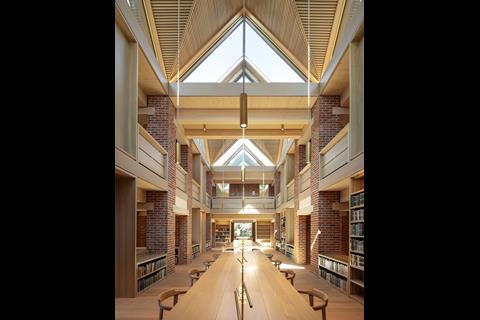
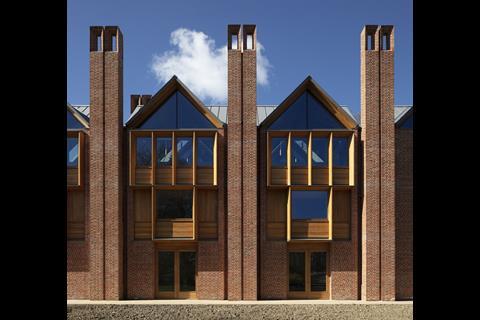
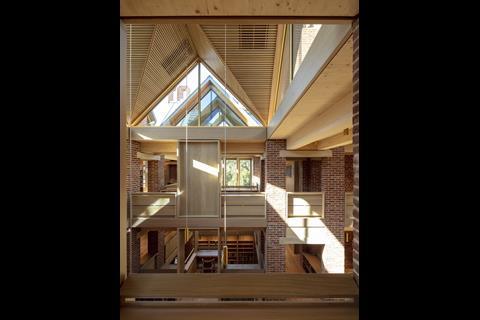
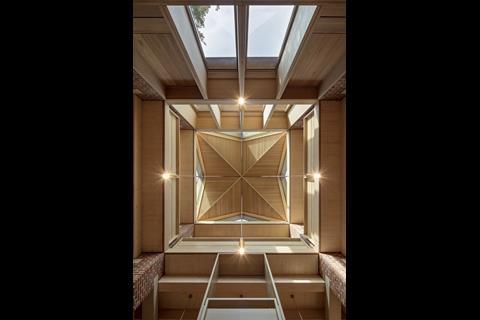

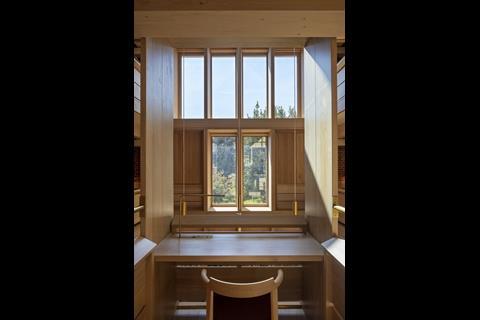
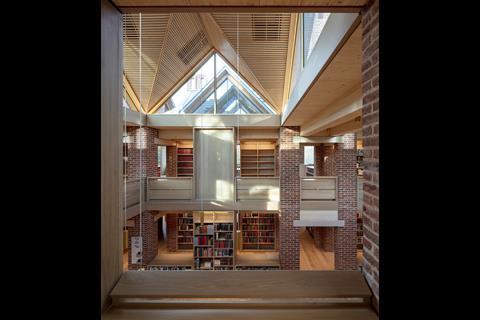
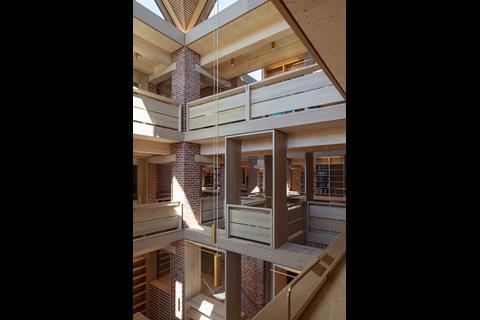
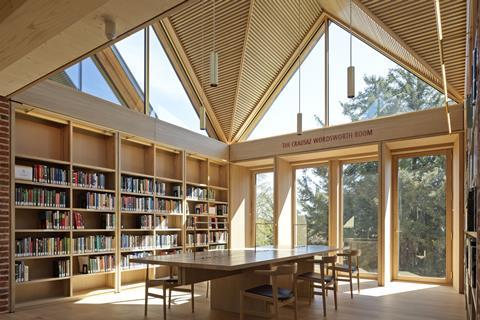

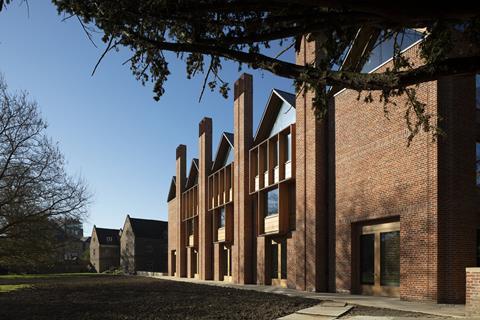







1 Readers' comment